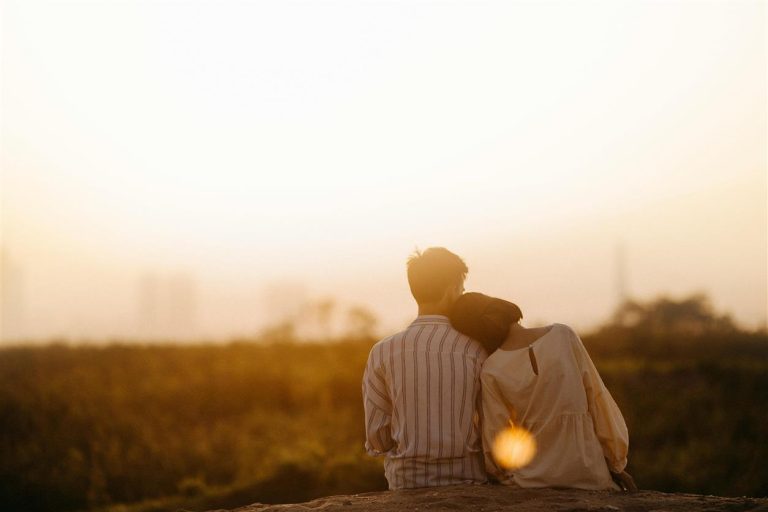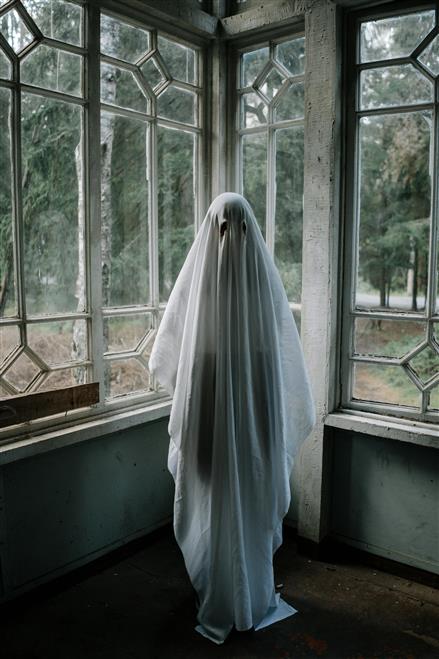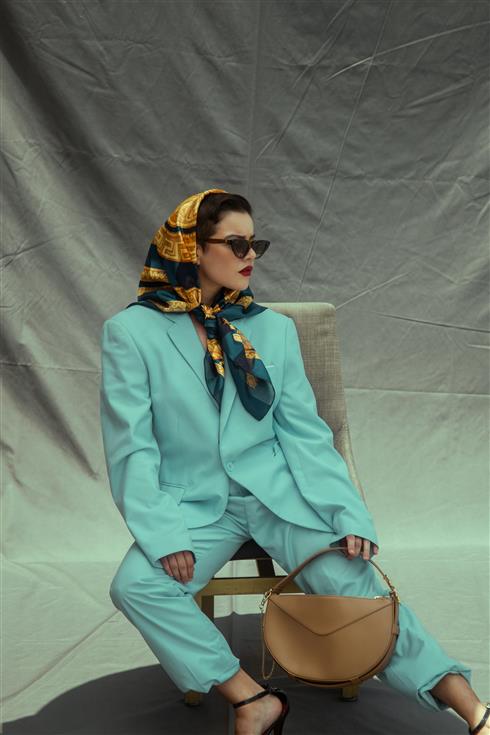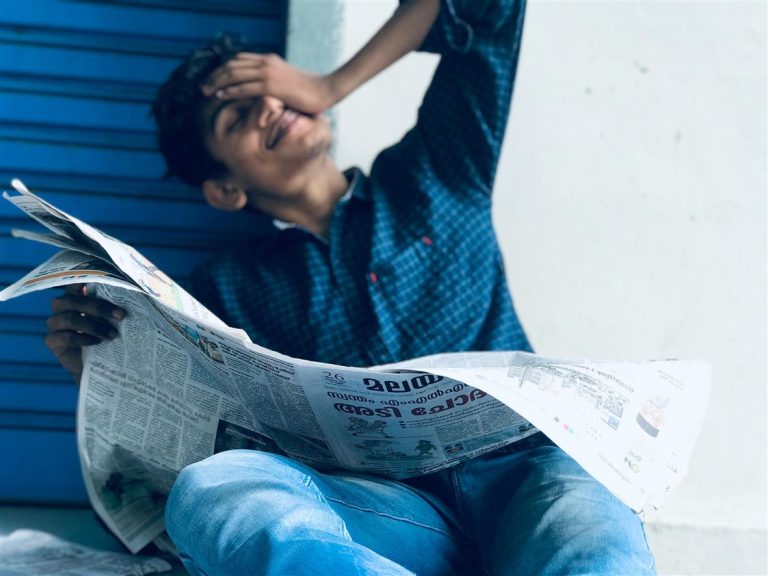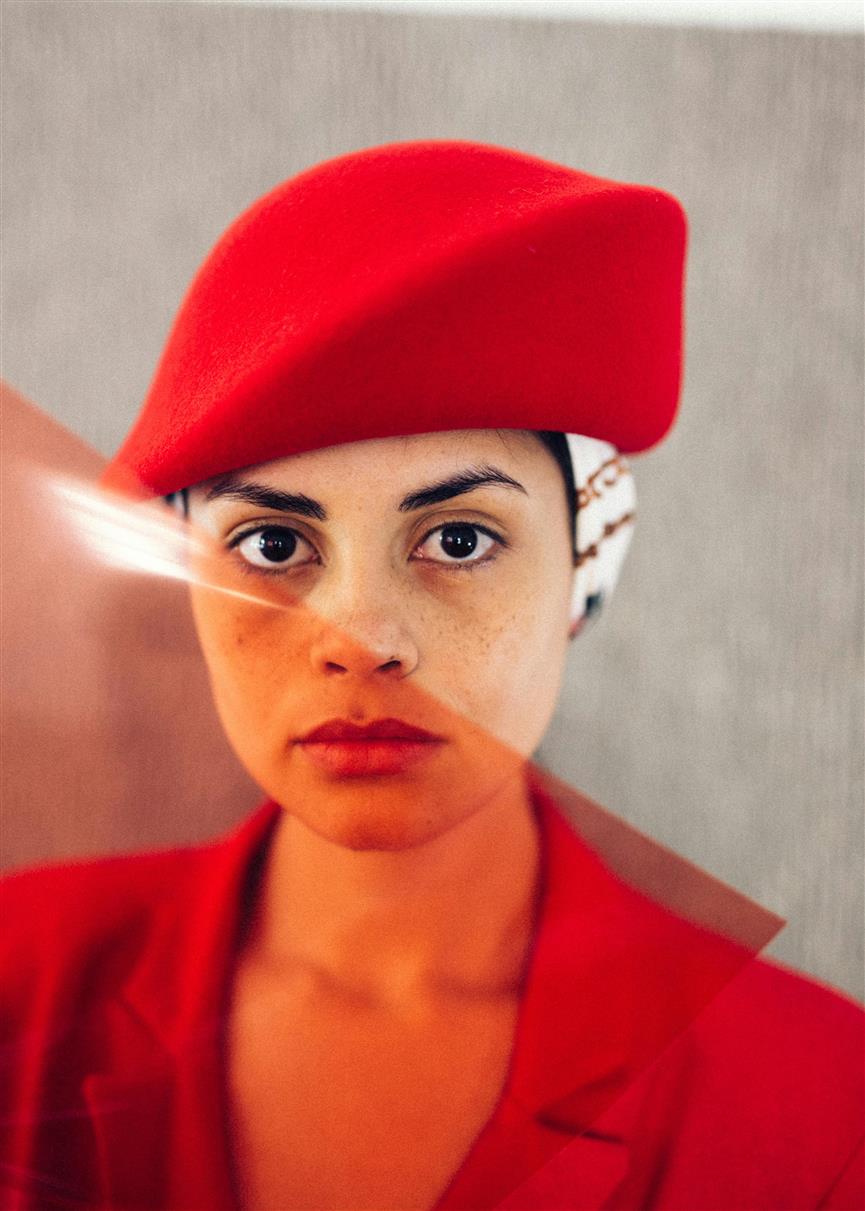
A few swipes on your phone can now subtract—or add—decades to your face. Smoother skin, higher cheekbones, brighter eyes. Or perhaps silver hair, fine lines, and sagging jowls, rendered with uncanny precision. What started as novelty has quietly seeped into how people see themselves. Apps like FaceApp, Instagram filters, TikTok beauty tools, and AI-enhanced selfies have turned the human face into a canvas for constant revision. But as aging becomes something we can simulate, manipulate, or even “pause” in our digital lives, it raises a deeper question: What is all this doing to our self-image?
The Face in the Mirror vs. the Face on the Screen
Before front-facing cameras, most people’s understanding of how they looked came from mirrors, photo prints, and in-person interaction. Today, our reflections are filtered through layers of screens and software. This has created a subtle but significant split between “offline face” and “online face.” We’ve grown accustomed to a version of ourselves that is not just posed and lit, but digitally polished. For many, the unedited image now feels jarring or even “incorrect.”
This isn’t only about vanity. It’s about identity. The face we share most often—online—is starting to feel more real than the one in the bathroom mirror. The digital version is the one we edit, tweak, approve, and curate. It’s also the one others respond to with likes, comments, and affirmation. Over time, this feedback loop doesn’t just alter how we present ourselves. It reshapes what we think we should look like.
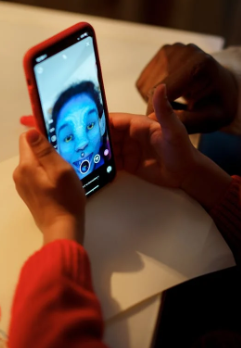
Filters as Fantasy—and Standard
When Snapchat first introduced face filters in 2015, it was largely seen as fun. Dog ears, flower crowns, rainbow vomit. The aesthetic was cartoonish. But as technology improved, filters shifted from playful to plausible. Smoothing skin, slimming noses, enlarging eyes—these effects, often baked into default camera settings, became harder to separate from reality.
Some filters now promise “natural enhancement,” but the very phrase is a paradox. These tools are trained on a narrow set of facial features that reflect prevailing beauty norms: youthful, symmetrical, Eurocentric. The more people use them, the more these features become aspirational. The filter isn’t just changing how you look. It’s quietly telling you what you should look like.
This feedback loop is especially potent among younger users. For teens and even pre-teens, filters aren’t novelty—they’re the norm. Many have grown up seeing themselves filtered more often than not. As a result, the unedited face feels “wrong” not just socially, but emotionally.
FaceApp and the Simulation of Time
Then there’s the other side of digital aging: apps that project us forward. FaceApp and similar tools can render a version of you at 70, complete with crow’s feet, age spots, and gray hair. The results are often alarmingly realistic. People share them for laughs or curiosity. But underlying that is a complex emotion: fear, fascination, sometimes even grief.
These simulations strip away the abstraction of aging and make it vividly personal. They force people to confront something many would rather ignore. In doing so, they also reinforce a deeper cultural bias: youth is desirable, aging is decline.
Worse, these age-projection apps often exist alongside beautifying filters. You can age yourself, then reverse it. You can grow wrinkles and then erase them with a swipe. The implication is subtle but powerful: aging is something to be fixed. Or at least, hidden.
Face Dysmorphia in the Digital Era
Psychologists have started to see a new pattern emerge in clinical settings: people bringing filtered images of themselves as references for cosmetic procedures. This phenomenon—sometimes referred to as “Snapchat dysmorphia”—reflects a growing disconnect between how people look in real life and how they believe they should look based on their digital selves.
The concern isn’t just about cosmetic surgery. It’s about mental health. When people internalize an altered version of their appearance as the standard, they become increasingly dissatisfied with reality. This can contribute to anxiety, low self-esteem, and a distorted sense of identity.
The digital space, once an escape from self-consciousness, is now a source of it.
Cultural and Generational Shifts
It’s tempting to write this off as a youth problem, but that’s only part of the picture. Adults and older users, too, are drawn into the pull of digital enhancement. Professional headshots are retouched. Video calls now come with built-in beautification settings. Even dating profiles often feature edited selfies. The age of authenticity has quietly become the age of aesthetic curation.
Different generations engage with this differently. Gen Z, having grown up with filters, tends to embrace fluid identity and digital play. Millennials often toggle between earnest self-improvement and burnout from trying to “look put together.” Older generations, newly introduced to these tools, may experience confusion or awe—but they’re not immune to the pressures they bring.
Across all ages, the result is a culture that increasingly sees the natural face—especially the aging face—as something that needs correction.
What Are We Actually Losing?
There’s a certain irony to all this. At a time when authenticity is a buzzword, we’ve never been more unsure what “real” even looks like. And while face filters and apps promise empowerment, they often deepen insecurity.
We’re not just editing photos. We’re editing expectations. Of what beauty means. Of what aging looks like. Of what it means to simply have a face that changes over time, as all faces do.
What’s lost in this process isn’t just diversity or realism. It’s the emotional comfort that used to come from seeing ourselves reflected—without judgment, without filters, without an algorithm telling us we could be better.
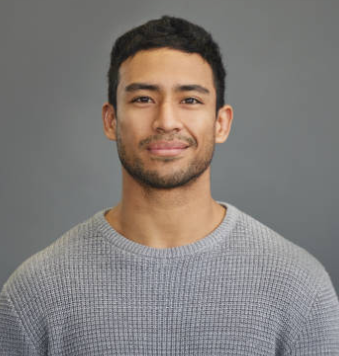
Moving Toward Digital Honesty
There’s no clean fix for this. The technology isn’t going away. In many ways, filters and apps have become a creative tool, a way to experiment with identity and aesthetics. But there’s a growing push toward transparency. Some influencers and public figures are labeling edited content. Some platforms now allow users to turn off beauty filters by default. There’s also a quiet resurgence in celebrating “unfiltered” moments—images that are grainy, candid, flawed.
The answer may not be to reject the tools, but to reframe how we use them. To see them not as standards, but as simulations. To remember that a filtered face is no more “real” than a movie character or a magazine cover. And to reestablish a relationship with our faces—not as something to fix, but as something to recognize.
After all, self-perception is more than skin-deep. And when every app is trying to alter how we see ourselves, perhaps the most radical act is learning to look—and not flinch.
